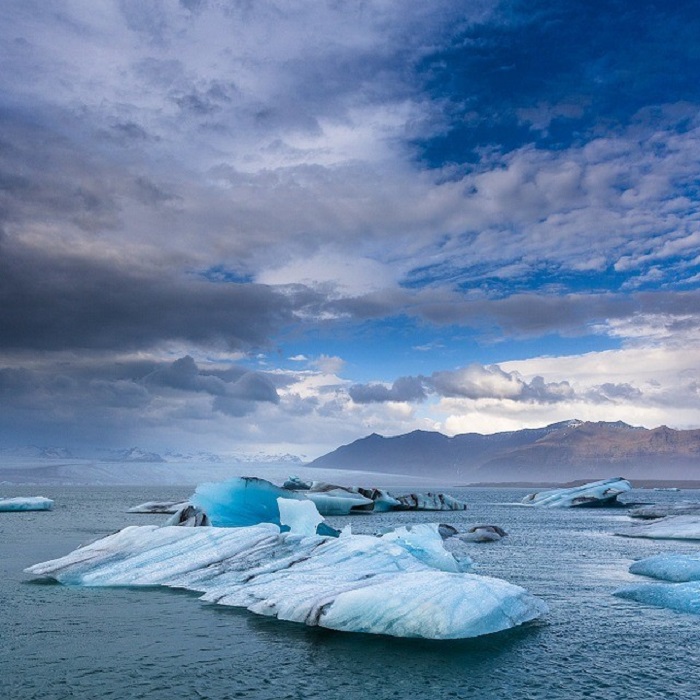Plastic: Here is the new study on ocean pollution
The plastic emergency in the oceans is increasingly alarming, as demonstrated by the study conducted by the Alfred Wegener Institute, Helmholtz Center for Polar and Marine Research (Germany), which analyzed the presence of microplastics in Arctic Glacial Sea ice and stated that levels of marine pollution have never reached such high concentrations. The ice samples from five different areas were in fact found to contain more than 12 thousand microplastic particles per liter of sea ice.- The microplastic found comes from six types of materials: polyethylene and polypropylene (used for packaging), paints (on ships), nylon (fishing nets), polyester and cellulose acetate (mainly used in the production of filters for cigarettes). These results have also highlighted that more than half of the particles of microplastics trapped in the ice measure less than one-twentieth of a millimeter and, therefore, can be easily ingested by microorganisms such as ciliates or copepods, putting at risk marine life and, ultimately, that of human beings.
This post is also available in: Italian




